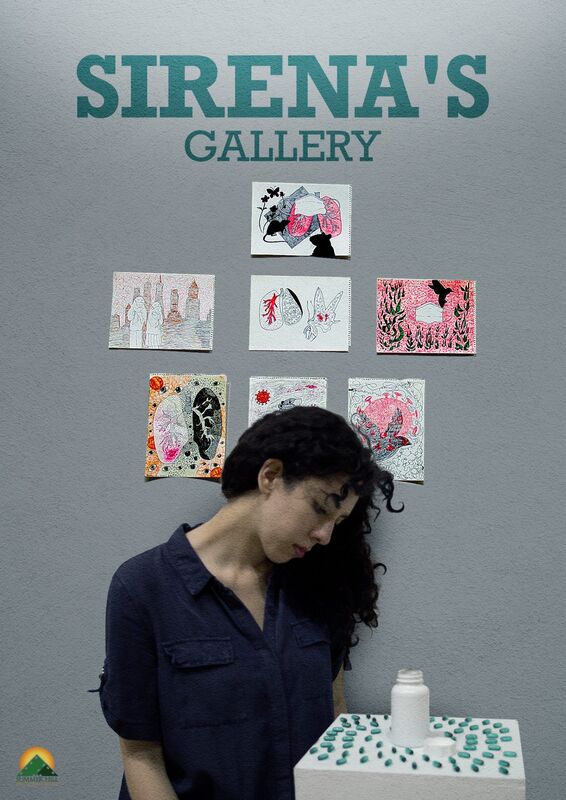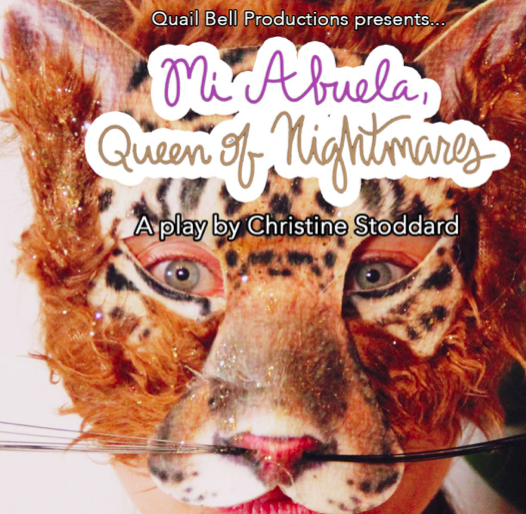|
The Breadcrumbs widget will appear here on the published site.
The Unheard Voice
Editors' note: The following is an essay that stemmed from an email Q&A with the Indian artist Kripa Radhakrishnan, who is now a graduate student in New York City.
The Unheard Voice is a collaboration between 3D sculpture and performance art. The creative process included the development of a concept, visual imagery, and performance. I have formal training in Indian Classical Dance that contributes to my sense of a narrative approach of storytelling in my painting, sculpture and performance art. That training informs my decision-making in the positioning of the figures in my works. Using that vocabulary, I narrate the stories I share through figurative drawings, colors, found materials, proverbs, and poems. I make artworks which eliminate caste, religion and cultural identity in the physical appearances of the figures in my art. The sounds that I generate from my vocal cords, my dramatic body movements with highly emotional facial expressions, and the variety of found materials I incorporate all work together to create dramatic ambiance in this piece. I have incorporated found materials and ghungroo (a musical anklet tied to the feet of classical Indian dancers) in my performances. My interdisciplinary works strive to evoke an emotion or thought process connected to themes of women’s oppression and survival. The Unheard Voice suggests new visual possibilities when combined with dance.
My personal experiences have inspired me to share my stories and emotions through my artworks. I do not support defaming any gender; I believe in gender equality. My artwork is a platform for me to share my struggles with the world and to inform the society about the unknown hardships of being a woman. I seek to represent a woman’s struggle, to establish her existence in a male-dominated society by drawing from my personal journey as a woman. Currently, I am creating a series of paintings and sculptures related to women’s struggles. The Unheard Voice relates to these other artworks through the subject, as well as the use of found materials, specific colors, and the composition.
Women’s rights, in the true definition of the term, means to have rights that give women true control of their lives, including political, social, cultural, and various other factors that make up a person’s life. Looking at this definition, Indian women are not yet empowered. The progress toward women's empowerment in the United States started in the last half of the 20th century, but women in India still need to have greater participation from the populace in order to make strides. There is currently a large gap in the way women in the U.S. are treated and how women in India are treated. Women in India are so often oppressed and made to believe they can’t be anything more than maids. There aren’t enough powerful voices for women. Dedicated funding programs in the U.S. empowers American women. Similarly, India also needs dedicated funding programs to improve Indian women’s health care, education, social protection, etc. Until that happens, women in India will continue to fall far behind the U.S. in terms of their rights. For many centuries, women have been treated as an object in many parts of the world, not just India. Women have been deprived of receiving a proper education. Even today, society forces a woman to be bound in a constitution of marriage at an early age and stops her from pursuing her education and achieving her dreams. Men and women should be provided with equal opportunities. Most of the time, society deems a highly educated woman as overly ambitious. I completed my undergraduate education at one of the prestigious universities in India: S.N.D.T Women’s University, Mumbai. I was blessed to have some wonderful artists as my professors. I received a lot of support for my extracurricular activities. However, my experiences as a graduate student in New York City are much different than what I experienced while studying in Mumbai. Exposure to contemporary art is much more appreciated and visible in New York. In Mumbai, I would hardly get to see experimental works by artists. I was more exposed to traditional artworks, which created some limitations in my creative process. After coming to New York, I am happy to enjoy the freedom that I always wanted to have in my creative space. I am happy to stay connected with a lot of versatile talents here. I also often do get to visit galleries and museums. That is not the only difference I've experienced and observed as a graduate art student in New York City. There are many differences between American and Indian education. I would like to highlight two examples: 1. The syllabus. An Indian Professor is expected to cover the entire syllabus, which is prescribed by the university. Since the examination is conducted by the university and student performance is evaluated by external examiners, a professor cannot afford to leave anything out. That leaves little time for discussion and debate in the class. American professors write their own syllabi, give their own tests and exams, and evaluate the students themselves. 2. India is an economically emerging country. It can’t afford to have a project-oriented system like in America, so it goes for lectures and paper-based examinations. As an artist I am always interested in highlighting social issues through my painting, sculpture, and performance art. My next project will focus on issues faced by transgender communities in society. Learn more about Kripa and her work on Instagram and Facebook.
0 Comments
CommentsYour comment will be posted after it is approved.
Leave a Reply. |
AuthorWrite something about yourself. No need to be fancy, just an overview. Archives
July 2024
Categories
All
|


 RSS Feed
RSS Feed






